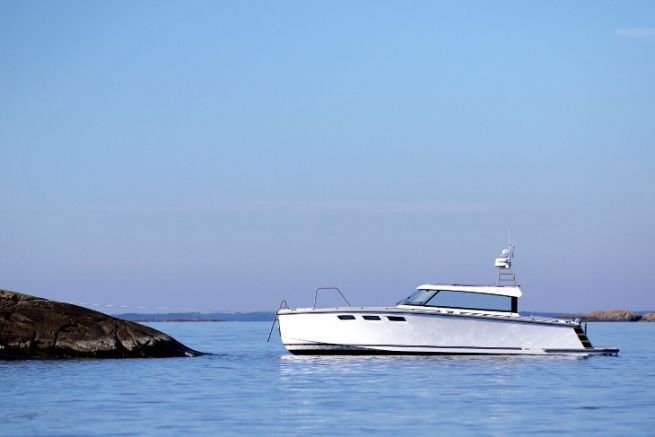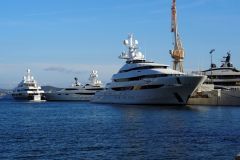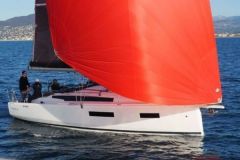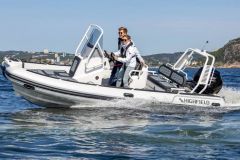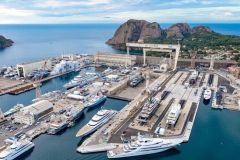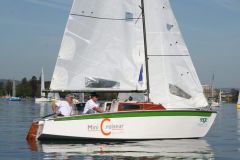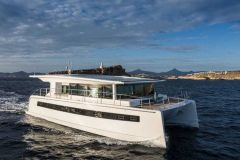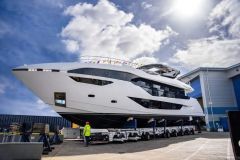X-Yachts acquires HOC Yachts powerboats
The Danish shipyard X-Yachts benefits from a 40-year experience and a strong reputation in pleasure sailing boats. The Scandinavian brand has decided to enter the powerboat market through the acquisition of Swedish company HOC Yachts. Founded in 2014, the builder has specialized in high-end units, forging partnerships with Petestep for innovative hulls and Yacht Defined for home automation and electronic control systems. On the occasion of the acquisition of Yacht Defined in January 2018 navico, the heavyweight in marine electronics, had acquired a stake in HOC Yachts.
Once the general philosophy of the merger is in place, the production of HOC Yachts models will be transferred from Gotland in Sweden to the X-Yachts factory in Denmark.
A mature diversification strategy for X-Yachts
The acquisition of HOC Yachts is the result of much thought," says Ib Kunøe, president of X-Yachts. "We saw a need for a powerboat that could help fulfill X-Yachts' vision of superior sailing pleasure to fulfill our customers' dreams. As we saw it, there were two options: either develop an X-Power brand from the ground up or purchase a product in the market that could fulfill our vision and mission."
While the Danish brand welcomes the current philosophy of HOC Yachts models, it intends to bring "an X-Yachts touch, based on 40 years of learning in yacht development."
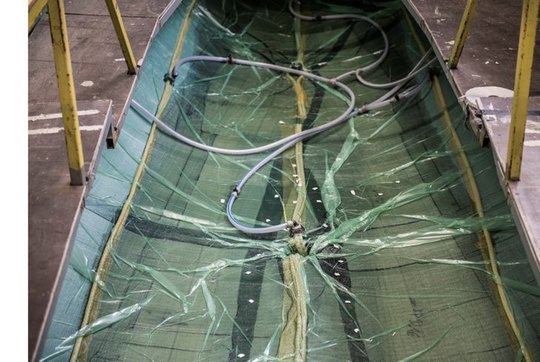
European evolution from sail to motor
The acquisition of HOC Yachts is a confirmation of a general trend in the European yachting market. Many of the major European players in the yachting industry were born from the construction of sailing boats. If the practice of sailing persists, it is not enough today to ensure the survival of all. In recent years, we can cite the examples of the Italian shipyards Del Pardo, builder of the Grand Soleil or Solaris for the eponymous sailboats, or in France Pogo Structures. All of them have launched, on their own scale, in motor boats. The greater volume of the market allows us to hope for greater production. The mastery of more elaborate composite manufacturing techniques opens up the possibility of lighter and more energy-efficient boats, a significant argument in a context of environmental concerns.

